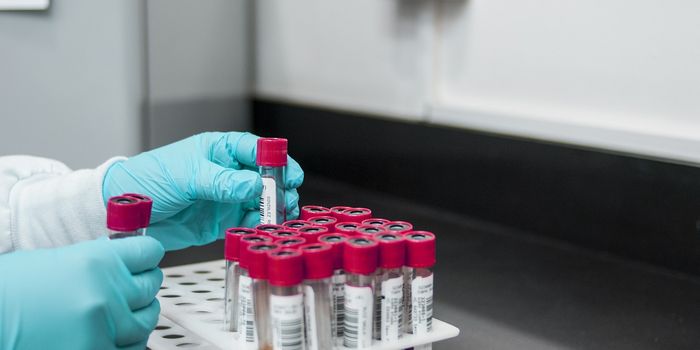HIV Caught on Camera Infecting Cells
Scientists have known for a long time that HIV can spread through sexual contact, but the details of the process were not well understood. The virus can move across mucous membranes in the genitals, and researchers have learned more about how that happens, by watching it. Publishing in Cell Reports, a team of French researchers used an in vitro model of mucus in the urethra for their work.
"We had this global idea of how HIV infects this tissue but following something live is completely different. The precise sequence of events can be defined, and we were very surprised by them," noted senior researcher Morgane Bomsel, a molecular biologist at the Institut Cochin (INSERM, CNRS, Paris Descartes University).
An immune cell closely connected to HIV transmission, the T cell, was labeled with a green fluorescent marker as it came into contact with epithelial layers of tissue modeling urethral mucosa. The scientists shot video of it as it forms a so-called virological synapse, where a T cell infected with the virus meets an epithelial cell to make a kind of pocket.
When that happens, the membrane of the infected cell is rearranged, initiating the production of virus, which shows up in the movies as green dots. Those dots migrate into the epithelial cells. However, the epithelial cells are not infected by the virus, which simply travels through in a process called transcytosis. After crossing the epithelial layer, immune cells called macrophages pick the virus up; once that’s complete about an hour later, the infected T cell moves along.
T cells infected with HIV hang around in genital fluids. Viral particles that aren’t contained within T cells aren’t very good at getting through the mucosa, but when the virus is bound to a cell, it can use a virological synapse to get where it’s going.
The scientists were surprised by the behavior of infected T cells, which seem to aim for epithelial cells that are close to macrophages.
"The macrophage just stays still, ready to get the virus when it escapes the epithelial cells. But this dynamic observation allowed us to realize that the synapse is always formed on epithelial cells that are just above macrophages, suggesting we do have an interaction between the macrophages and the epithelium. We couldn't have imagined that before this kind of imaging," Bomsel explained.
Once macrophages are infected, they can manufacture and distribute the virus for about 20 days. They enter a latent phase after that and stop making the virus, but they do still harbor it. That long-term storage makes eliminating it from patients challenging. Those macrophage viral repositories in genital tissue have also not been studied as thoroughly as T cell reservoirs, which reside in the blood.
"Once HIV is installed into a reservoir, it makes life very complicated if you want to eradicate the virus," Bomsel said. Antiretroviral treatment can suppress the virus, but as soon as that therapy stops the virus rebounds and can spread more.
"So an aim would be to act extremely early upon infection to avoid this reservoir formation, which is why I think a vaccine active at the mucosa is what you would need. Because you can't wait,” Bomsel continued.
The investigators are continuing their efforts. "We are trying to find ways to purge the reservoir, because we think we know how to kill the virus once we shock the reservoir. And another part of what we do here is work to develop a mucosal HIV vaccine," she said. "It's a complicated field, but I think it's important."
Sources: AAAS/Eurekalert! Via Cell Press, Cell Reports








